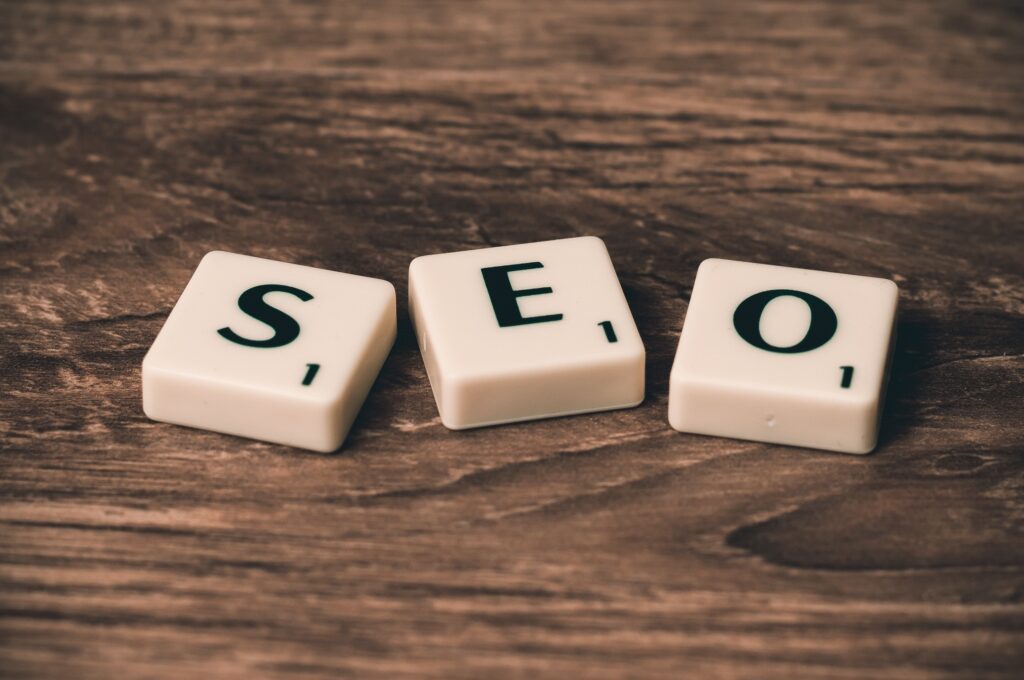Most people are surprised to learn there’s much more to on-page search engine optimization (SEO) than keywords. On-page SEO is the process of optimizing your web pages to rank higher as well as earn more traffic through search engines.
While off-page SEO refers to external ranking signals like backlinks, citations, etc. — on-page SEO refers to both your HTML source code as well as content. Let’s take a closer look at a few simple and actionable on-page SEO steps you can take to improve the performance of your pages.
If Your Content Isn’t Solving a Problem…You Have a Problem
Far too often, we see companies who are doing it all wrong! Instead of looking to solve a problem for potential readers and/or prospects, they create content that is self-serving. Today, consumers are smarter than ever and are more hip to overtly-used sales language.
It’s best to create content that solves a unique problem. When you start with a problem and link it to a solution your business provides, you are well on your way! In addition, make sure your solution-based content checks all of the following boxes:
- Title tags and meta descriptions are still super important. So much so, your title tags and meta descriptions are the first — and may be the only — impression potential readers will have of your site. Make sure your title tags and Meta descriptions are irresistible enough to arrest the reader’s attention and make them click.
- Short and long-tail keywords should be well integrated. As you’re writing to solve a problem, you should think like a consumer thinks! Furthermore, you should include the words your potential clients would use to learn more about a solution to their problem. Make sure you’ve done your research and are including relevant short and long-tail keywords in your content, title tags, and Meta descriptions.
- Keep your content fresh. Make it a practice to review your content and keep it up to date. This should be a continual wash and repeat cycle, which will help influence the freshness ranking factor for your pages.
- Headlining with your header tags. It’s critical your H1, H2, and H3 are in a logical order to communicate the importance of subheaders to search engine crawlers. For example, the title of your page is the H1 and the H2 header tags should be related to (or be a sub-question) the title.
- What’s a picture worth? We know an image is worth a thousand words, but they can significantly slow down the performance of your site, which can negatively affect your SEO. Make sure your images are compressed to make your page nimble. And adding title file names and alt text can help your pictures rank in image searches as well as make them more accessible to all readers.
Elevating Your On-Page SEO to the Next Level
If you’re looking to elevate the profile of your website and take your on-page SEO to the next level, make sure you do the following:
- How easy is your content to read and digest? In general, the easier your content is to read, the better. You can use Flesch-Kincaid Readability tests to determine where you content ranks.
- Term frequency-inverse document frequency or TF-IDF may sound pretty intimidating, but it’s not. This term simply refers to the number of times a keyword (such as “How to fix a leaky faucet”) is mentioned on your page divided by the number of time in other places. It’s nothing more than a calculation to determine the relevance of “how to fix a leaky faucet” is on your page. If you can master this relatively simple technique, you can take your on-page SEO to the next level and help improve the visibility of your content.
- Get your content featured in Position 0 —Google’s Featured Snippets. Featured Snippets are type of search engine result designed to provide users with a direct, concise answer to their questions — directly on the SERP page without the user needing to click through on any specific result. Featured snippets come in a range of sizes and shapes, including bulleted lists, paragraphs, numbered lists, tables, YouTube videos, images, and more.
Make Your Content Crawler Accessible
A web crawler is a spider bot used by search engines to systematically scour the World Wide Web. If you want your page to be found or improve your visibility, make sure you can confidently check the following accessibility boxes:
- Meta robots tag allows crawling. If you’re blocking Google bots from crawling your website, you will never be found. In addition, you should make sure your URL is included in the sitemap.
- Internal linking is critical. If you create a blog post called “How to fix a leaky faucet,” you should have other pages linking to this page with anchor text that includes “How to fix a leaky faucet.” This will help ensure Google knows the keyword is important and the page is actually about fixing leaky faucets.
- Schema markup is a semantic vocabulary code you can add to your site to assist search engines in returning better results for users. By adding relative schema markup, you can spoon feed search engines what your content and pages are about.
Amplify Your Content with SEO Solutions
We get it — optimizing your content can seem confusing, especially when you consider the countless other tasks vying for your attention as a business owner. However, you don’t have to do it alone. Ready to Run offers a full team of SEO specialists who will work to optimize your content and improve visibility, so your content won’t go unnoticed.





